As large swathes of Scotland and northern England start the mopping-up process after Storm Desmond ripped through the British Isles over the weekend, some frankly terrifying photos have continued to emerge, showing a whole new side to some of our best-loved urban rivers.
It’s one of those clichés of environmental consciousness that we all live downstream, but this knowledge seems to get more personal every day in these times of irrefutable climate change and the turbo-charged weather episodes that they seem likely to bring.
Motivated by their need for hydropower, clean water, and, yes, waste disposal, our ancestors built many of their most important settlements on convenient streams and rivers – or, better, their junction points. Meanwhile, they tamed and exploited the surrounding landscapes, clear-felling the forests on the hills for firewood, building materials or pit-props, and making the uplands continue to pay by running sheep, deer or grouse.
But we’ve happily stayed on in the towns they founded… until the last few years, when living with lots of valuable personal and economic infrastructure on the flatlands at the confluence (for instance) of the Eden, Caldew and Petteril in Carlisle, or the Clyde and Kelvin in Glasgow, or any number of other rivers, with all those big bare hills upstream, has suddenly started to feel terribly, terribly, risky.
Until the next time… there but for the grace of God go all of us.
While hard-engineered flood defences (up to and including submarine-standard glass panels topping the flood walls in Keswick) can sometimes provide a very small proportion of the answer, in very particular cases, they’re impossibly far from being the whole solution. When torrential atmospheric rivers can sucker-punch us with almost 16 inches of rain in 24 hours, we need exponentially more radical flood defence strategies to interrupt that water’s movement through the landscape, and stop it all converging on our vulnerable highly-inhabited pinch-points at the same time.
Most urban rivers form only part of their catchment. For their sakes, and for everyone who lives near them, this recent spate of floods makes it clearer than ever that visionary whole-catchment management is the only answer, working with the entirety of the landscape to contain these new, vast volumes of water in their journey from the hills to the sea.
Luckily, we’re not short of ideas, case studies or even existing mechanisms. Working with farmers and landowners to reforest the uplands with deciduous native trees can help them absorb rain water 67 times faster than leaving them fully grazed or burned and naked to the sky. Restoring and rewilding the rivers lower down their courses can convert them from high-speed flumes to complex, dynamic systems where water actually wants to meander and linger. (And in return for delivery of these valuable ecosystem services, what if urban FRM budgets now started replacing traditional farming subsidies?)
Even if some or all of this sounds impossible at present – for political, economic or any other reasons – remember the flip side.
Fifty years ago or less, who but a lunatic would have dreamed of catching wild trout and grayling from the brutalised urban reaches of some of these rivers we now need to help on a wider landscape scale? Desmond has a message for us all, and it’s not too late to listen.
(Image 1: “DesmondAtmosphericRiver” by NWS OPC – https://twitter.com/nwsopc. Licensed under Public Domain via Commons. Image 2: Jeremy Lucas. Image 3: Jill Ferguson / FORK)
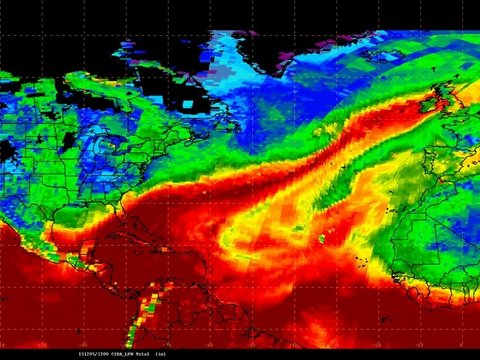
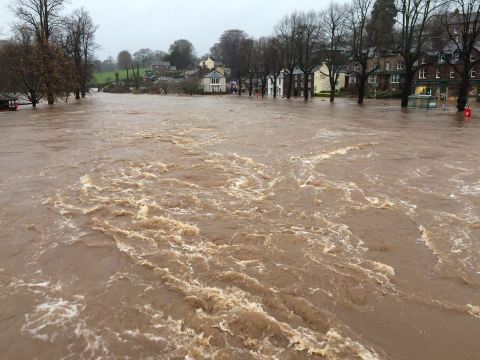

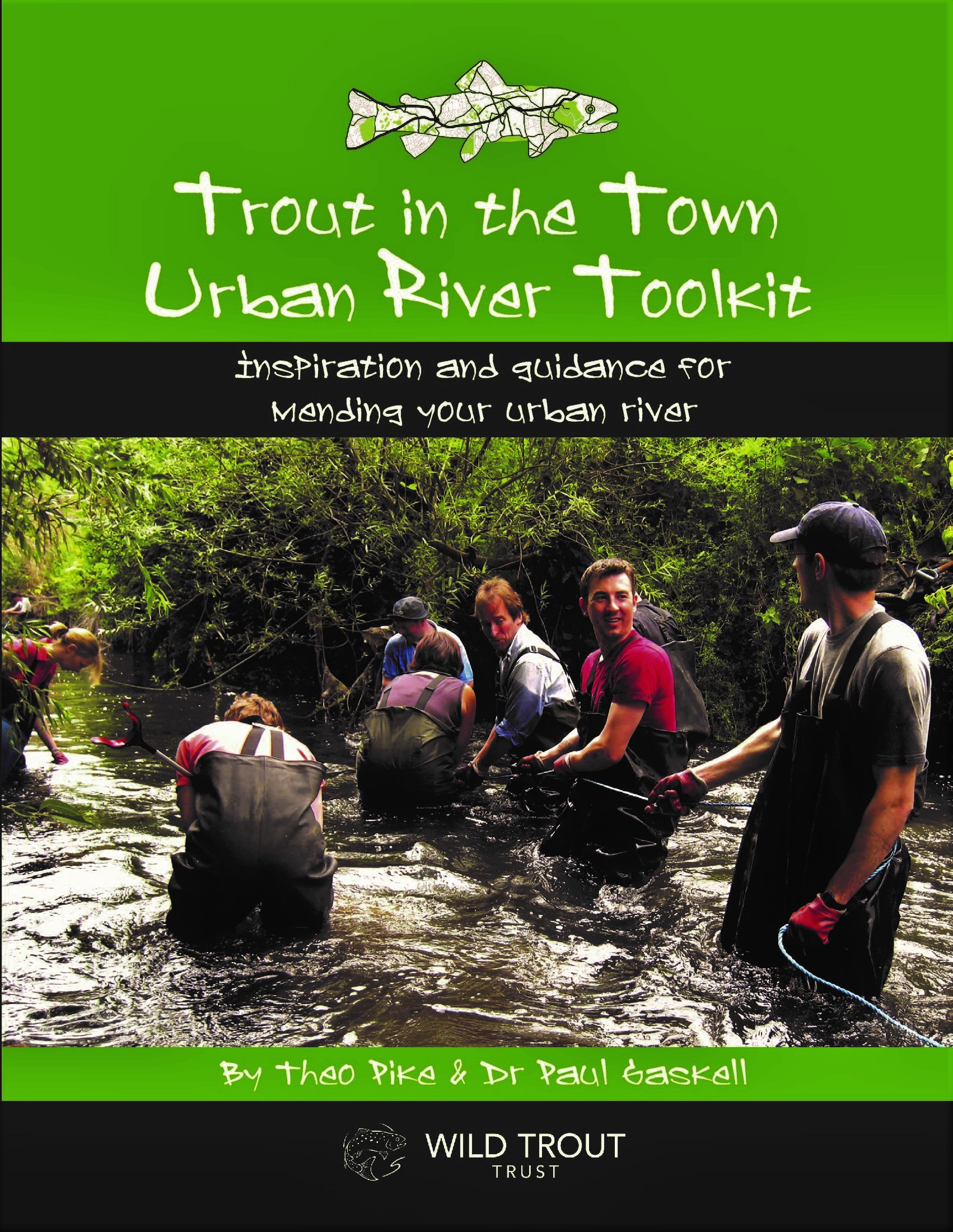
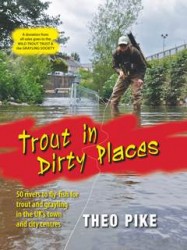

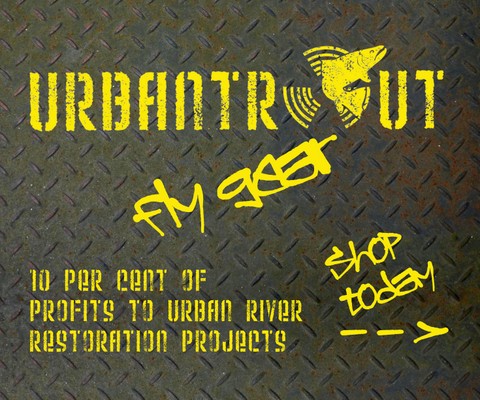
Well worth a watch when you’ve got 20 minutes and want to see how catchment partnerships are really putting the Catchment Based Approach to work on natural flood management techniques in the steep valleys around Stroud… check out this video from Chris Uttley at Stroud District Council:
http://www.stroud.gov.uk/docs/environment/rsuds/video.asp
Theo